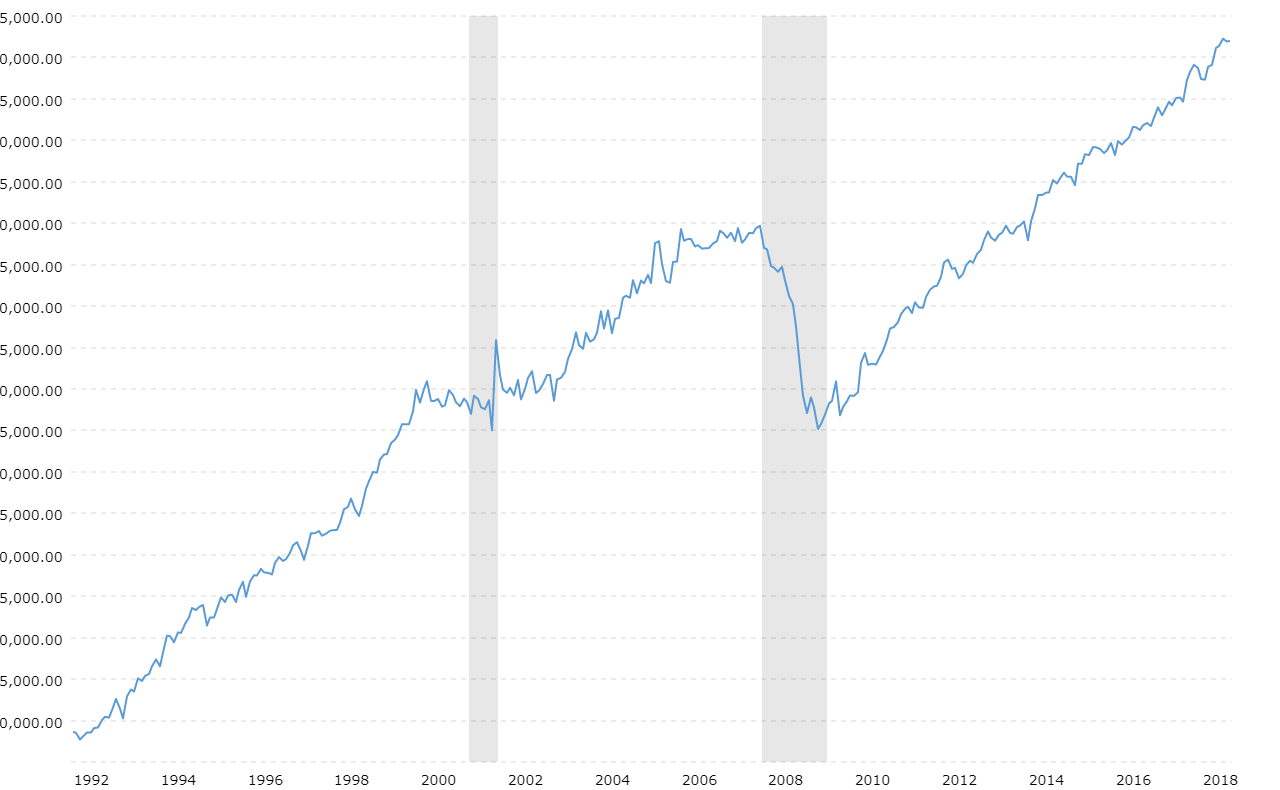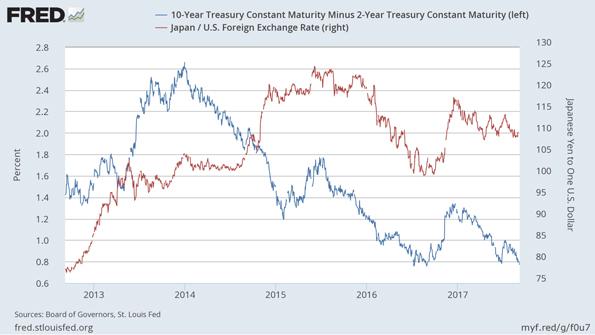

exchange rate provides for a specific daily, quarterly, or average annual exchange rate for foreign currency does not mean the person can actually obtain that exchange rate in the foreign country. It means you must use a prevailing a reasonable exchange rate when you translate foreign dollars in to U.S. Treasury Department’s Currency Exchange Rate dollars to report on your income tax return. At the end of the year, translate the results, such as income or loss, into U.S. dollar, make all income tax determinations in your functional currency. If your functional currency is not the U.S. You can generally get exchange rates from banks and U.S. If there is more than one exchange rate, use the one that most properly reflects your income. Use the exchange rate prevailing when you receive, pay, or accrue the item. (including taxes), that you receive, pay, or accrue in a foreign currency and that will affect computation of your income tax. dollar, you must immediately translate into dollars all items of income, expense, etc. Make all income tax determinations in your functional currency. dollar unless you are required to use the currency of a foreign country…” Your functional currency generally is the U.S. How you do this depends on your functional currency. If you receive all or part of your income or pay some or all of your expenses in foreign currency, you must translate the foreign currency into U.S.

“You must express the amounts you report on your U.S. There is no one specific exchange rate that a Taxpayer must use.Īs provided by the IRS: Translating Foreign Currency What does the IRS Require for Foreign Exchange Rates? Let’s review the basics of IRS exchange rates and foreign income, foreign accounts and assets. In general, the IRS does not require any one specific exchange rate to be used - but there are guidelines to abide by (note: some tax forms do have very specific requirements for exchange rates). Some Internal Revenue Service forms require the taxpayer to include both the foreign “functional currency” along with that same currency translated into US dollars - such as the Form 5471.

Which exchange rate to use can also vary, depending on the Taxpayer’s preferred method and overall risk assessment of audit. In general, Taxpayers are required to exchange or “translate” foreign income into USD (United States Dollars) - whether for their 1040 Tax Return, Form 8938, FBAR - or other international reporting form. When it comes to foreign income, the IRS tax rules can get complicated - especially when determining what exchange rate to use for foreign income. Exchange Rate for Foreign Income Exchange Rate to use for Foreign Income, 8938 & FBAR?


 0 kommentar(er)
0 kommentar(er)
